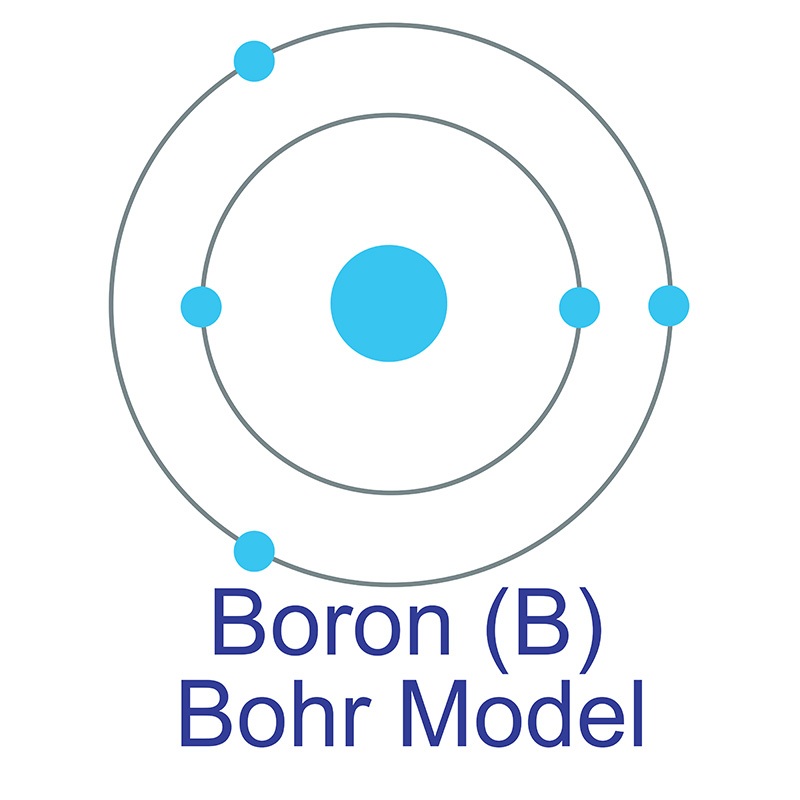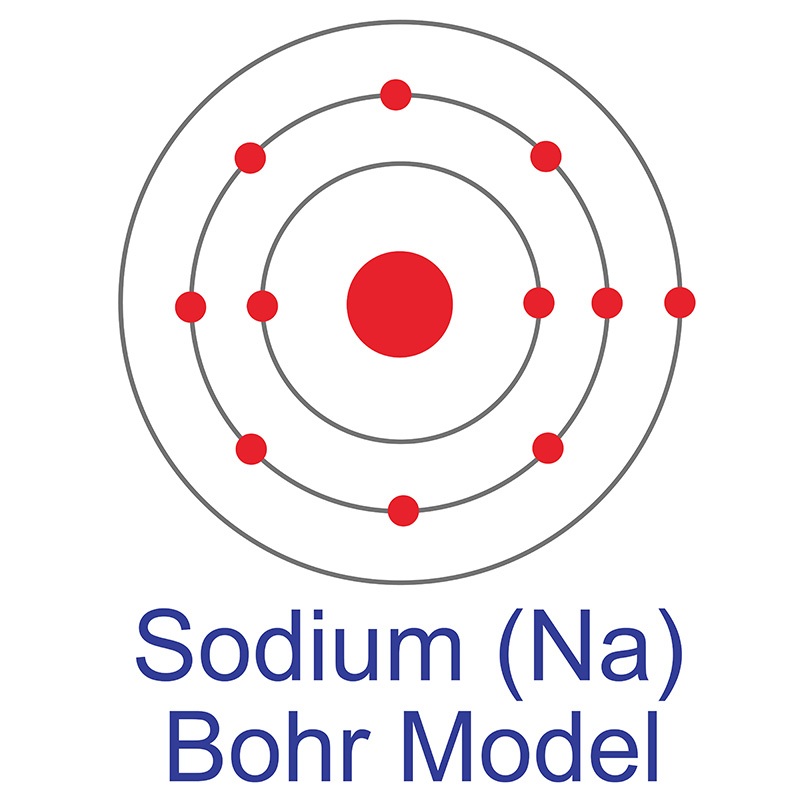SECTION 1. IDENTIFICATION
Product Name: Sodium Perborate Tetrahydrate
Product Number: All applicable American Elements product codes, e.g. NA-PBAT-01-C.4HYD
CAS #: 10486-00-7
Relevant identified uses of the substance: Scientific research and development
Supplier details:
American Elements
10884 Weyburn Ave.
Los Angeles, CA 90024
Tel: +1 310-208-0551
Fax: +1 310-208-0351
Emergency telephone number:
Domestic, North America: +1 800-424-9300
International: +1 703-527-3887
SECTION 2. HAZARDS IDENTIFICATION
Classification
This chemical is considered hazardous by the 2012 OSHA Hazard Communication Standard (29 CFR 1910.1200)
Acute Inhalation Toxicity - Dusts and Mists Category 4
Serious Eye Damage/Eye Irritation Category 1
Reproductive Toxicity Category 1B
Specific target organ toxicity (single exposure) Category 3
Target Organs - Respiratory system.
Label Elements
Signal Word: Danger
Hazard Statements:
Causes serious eye damage
Harmful if inhaled
May cause respiratory irritation
May damage the unborn child. Suspected of damaging fertility
Precautionary Statements
Prevention:
Obtain special instructions before use
Do not handle until all safety precautions have been read and understood
Use personal protective equipment as required
Avoid breathing dust/fume/gas/mist/vapors/spray
Use only outdoors or in a well-ventilated area
Response:
IF exposed or concerned: Get medical attention/advice
Inhalation
IF INHALED: Remove victim to fresh air and keep at rest in a position comfortable for breathing
Eyes
IF IN EYES: Rinse cautiously with water for several minutes. Remove contact lenses, if present and easy to do. Continue rinsing
Immediately call a POISON CENTER or doctor/physician
Storage:
Store locked up
Store in a well-ventilated place. Keep container tightly closed
Disposal:
Dispose of contents/container to an approved waste disposal plant
Hazards not otherwise classified (HNOC)
None identified
SECTION 3. COMPOSITION/INFORMATION ON INGREDIENTS
Component CAS-No Weight %
Sodium perborate tetrahydrate 10486-00-7 >95
SECTION 4. FIRST AID MEASURES
Eye Contact
Rinse immediately with plenty of water, also under the eyelids, for at least 15 minutes. Get
medical attention.
Skin Contact
Wash off immediately with soap and plenty of water while removing all contaminated
clothes and shoes. Get medical attention.
Inhalation
Remove from exposure, lie down. Remove to fresh air. If breathing is difficult, give oxygen.
If not breathing, give artificial respiration. Get medical attention.
Ingestion
Do NOT induce vomiting. Get medical attention.
Most important symptoms and effects
Causes eye burns.
Notes to Physician Treat symptomatically
SECTION 5. FIREFIGHTING MEASURES
Suitable Extinguishing Media
Use extinguishing measures that are appropriate to local circumstances and the
surrounding environment.
Unsuitable Extinguishing Media
No information available
Flash Point No information available
Method - No information available
Autoignition Temperature No information available
Explosion Limits
Upper No data available
Lower No data available
Sensitivity to Mechanical Impact No information available
Sensitivity to Static Discharge No information available
Specific Hazards Arising from the Chemical
Thermal decomposition can lead to release of irritating gases and vapors. Keep product and empty container away from heat and
sources of ignition.
Hazardous Combustion Products
Oxides of boron. Oxygen.
Protective Equipment and Precautions for Firefighters
As in any fire, wear self-contained breathing apparatus pressure-demand, MSHA/NIOSH (approved or equivalent) and full
protective gear.
NFPA
Health: 2
Flammability: 0
Instability: 0
Physical hazards: N/A
SECTION 6. ACCIDENTAL RELEASE MEASURES
Personal Precautions
Avoid dust formation. Ensure adequate ventilation. Use personal protective equipment as required. Avoid contact with skin, eyes or clothing.
Environmental Precautions See Section 12 for additional Ecological Information.
Methods for Containment and Clean Up
Sweep up and shovel into suitable containers for disposal. Do not let this chemical enter the
environment.
SECTION 7. HANDLING AND STORAGE
Handling
Do not breathe dust. Do not get in eyes, on skin, or on clothing. Use only under a chemical
fume hood.
Storage
Keep in a dry, cool and well-ventilated place. Refer product specification and/or product
label for specific storage temperature requirement. Keep container tightly closed. Keep at
temperatures below 40°C.
SECTION 8. EXPOSURE CONTROLS/PERSONAL PROTECTION
Exposure Guidelines
This product does not contain any hazardous materials with occupational exposure
limits established by the region specific regulatory bodies.
Engineering Measures
Ensure adequate ventilation, especially in confined areas. Ensure that eyewash stations and safety showers are close to the workstation location.
Personal Protective Equipment
Eye/face Protection
Wear appropriate protective eyeglasses or chemical safety goggles as described by
OSHA's eye and face protection regulations in 29 CFR 1910.133 or European Standard EN166.
Skin and body protection
Wear appropriate protective gloves and clothing to prevent skin exposure.
Respiratory Protection
Wear a NIOSH/MSHA or European Standard EN 149 approved full-facepiece airline respirator in the positive pressure mode with emergency escape provisions.
Hygiene Measures
Handle in accordance with good industrial hygiene and safety practice.
SECTION 9. PHYSICAL AND CHEMICAL PROPERTIES
Physical State Powder Solid
Appearance White
Odor Odorless
Odor Threshold No information available
pH 10.4 1% aq.solution
Melting Point/Range 60 °C / 140 °F
Boiling Point/Range No information available
Flash Point No information available
Evaporation Rate Not applicable
Flammability (solid,gas) No information available
Flammability or explosive limits
Upper No data available
Lower No data available
Vapor Pressure 1.3 mbar @ 30 °C
Vapor Density Not applicable
Density 1.731 g/cm3
Specific Gravity No information available
Solubility 21.5 g/l (18°C)
Partition coefficient; n-octanol/water No data available
Autoignition Temperature No information available
Decomposition Temperature 150 - 400 °C
Viscosity Not applicable
Molecular Formula B Na O3 . 4 H2 O
Molecular Weight 153.86
SECTION 10. STABILITY AND REACTIVITY
Reactive Hazard None known, based on information available
Stability Stable under normal conditions.
Conditions to Avoid Incompatible products.
Incompatible Materials Finely powdered metals, Strong reducing agents, Combustible material
Hazardous Decomposition ProductsOxides of boron, Oxygen
Hazardous Polymerization No information available.
Hazardous Reactions None under normal processing.
SECTION 11. TOXICOLOGICAL INFORMATION
Toxicologically Synergistic No information available
Products
Delayed and immediate effects as well as chronic effects from short and long-term exposure
Irritation Causes eye burns
Sensitization No information available
Mutagenic Effects No information available
Reproductive Effects Possible risk of impaired fertility. Possible risk of harm to the unborn child.
Developmental Effects No information available.
Teratogenicity No information available.
STOT - single exposure Respiratory system
STOT - repeated exposure None known
Aspiration hazard No information available
Symptoms / effects,both acute and
delayed
No information available
Endocrine Disruptor Information No information available
Other Adverse Effects See actual entry in RTECS for complete information.
SECTION 12. ECOLOGICAL INFORMATION
Ecotoxicity
Do not empty into drains.
Persistence and Degradability Soluble in water Persistence is unlikely based on information available.
Bioaccumulation/ Accumulation No information available.
Mobility Will likely be mobile in the environment due to its water solubility.
SECTION 13. DISPOSAL CONSIDERATIONS
Waste Disposal Methods
Chemical waste generators must determine whether a discarded chemical is classified as a
hazardous waste. Chemical waste generators must also consult local, regional, and
national hazardous waste regulations to ensure complete and accurate classification
SECTION 14. TRANSPORT INFORMATION
DOT
UN-No UN3377
Proper Shipping Name SODIUM PERBORATE Tetrahydrate
Hazard Class 5.1
Packing Group III
TDG
UN-No UN3377
Proper Shipping Name SODIUM PERBORATE Tetrahydrate
Hazard Class 5.1
Packing Group III
IATA
UN-No UN3377
Proper Shipping Name SODIUM PERBORATE Tetrahydrate
Hazard Class 5.1
Packing Group III
IMDG/IMO
UN-No UN3377
Proper Shipping Name SODIUM PERBORATE Tetrahydrate
Hazard Class 5.1
Packing Group III
SECTION 15. REGULATORY INFORMATION
U.S. Federal Regulations
SARA 313 Not applicable
SARA 311/312 Hazard Categories See section 2 for more information
CWA (Clean Water Act) Not applicable
Clean Air Act Not applicable
OSHA - Occupational Safety and
Health Administration
Not applicable
CERCLA Not applicable
California Proposition 65 This product does not contain any Proposition 65 chemicals.
U.S. State Right-to-Know
Regulations
Not applicable
U.S. Department of Transportation
Reportable Quantity (RQ): N
DOT Marine Pollutant N
DOT Severe Marine Pollutant N
U.S. Department of Homeland
Security
This product does not contain any DHS chemicals.
Other International Regulations
Mexico - Grade No information available
SECTION 16. OTHER INFORMATION
Safety Data Sheet according to Regulation (EC) No. 1907/2006 (REACH). The above information is believed to be correct but does not purport to be all inclusive and shall be used only as a guide. The information in this document is based on the present state of our knowledge and is applicable to the product with regard to appropriate safety precautions. It does not represent any guarantee of the properties of the product. American Elements shall not be held liable for any damage resulting from handling or from contact with the above product. See reverse side of invoice or packing slip for additional terms and conditions of sale. COPYRIGHT 1997-2022 AMERICAN ELEMENTS. LICENSED GRANTED TO MAKE UNLIMITED PAPER COPIES FOR INTERNAL USE ONLY.
 Boron (atomic symbol: B, atomic number: 5) is a Block P, Group 13, Period 2 element with an atomic weight of 10.81. The number of electrons in each of boron's shells is 2, 3 and its electron configuration is [He] 2s2 2p1. The boron atom has a radius of 90 pm and a Van der Waals radius of 192 pm. Boron was discovered by Joseph Louis Gay-Lussac and Louis Jacques Thénard in 1808 and was first isolated by Humphry Davy later that year. Boron is classified as a metalloid is not found naturally on earth.
Boron (atomic symbol: B, atomic number: 5) is a Block P, Group 13, Period 2 element with an atomic weight of 10.81. The number of electrons in each of boron's shells is 2, 3 and its electron configuration is [He] 2s2 2p1. The boron atom has a radius of 90 pm and a Van der Waals radius of 192 pm. Boron was discovered by Joseph Louis Gay-Lussac and Louis Jacques Thénard in 1808 and was first isolated by Humphry Davy later that year. Boron is classified as a metalloid is not found naturally on earth.  Along with carbon and nitrogen, boron is one of the few elements in the periodic table known to form stable
Along with carbon and nitrogen, boron is one of the few elements in the periodic table known to form stable  See more Sodium products.
See more Sodium products.
